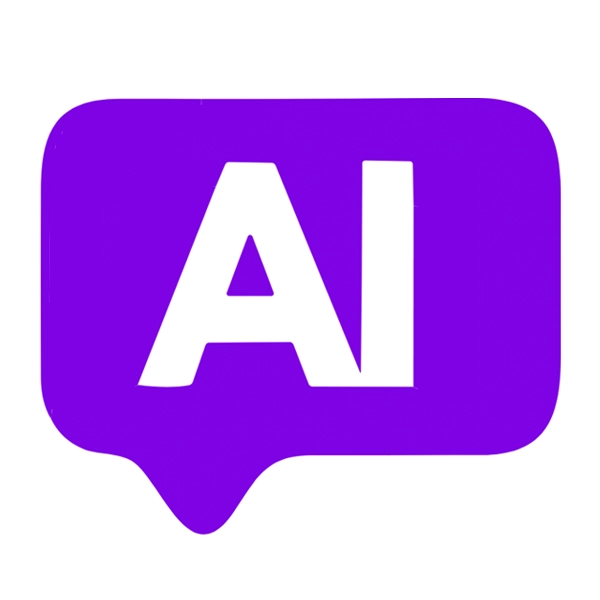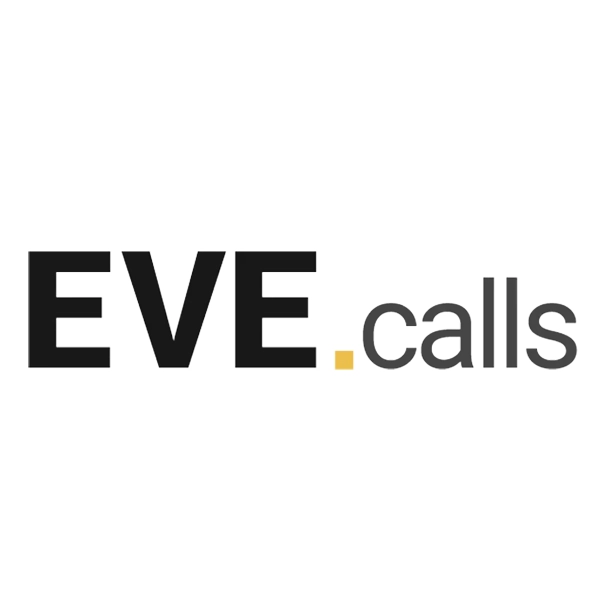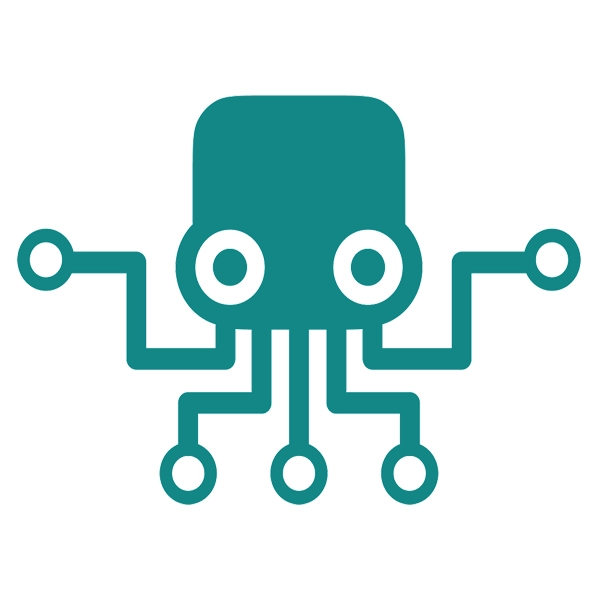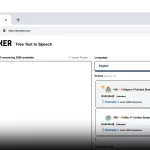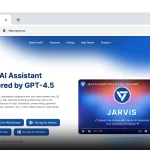AI Receptionist vs Virtual Receptionist: What’s the Difference? Literally everything you need to know about AI Receptionist vs Virtual Receptionist.

Conversational Voice AI, trained to speak your business.
 Build An Ai Agent
Build An Ai Agent

Table of Contents
When I first began exploring how PlayHT’s conversational AI could change the front desk operations, I quickly found that there was a clear distinction between an AI receptionist vs a virtual receptionist.
Both can significantly enhance the efficiency and customer experience for small businesses but are vastly different and each have their own pros and cons. Allow me break it down for you with what I’ve learnt in the process of building our own AI answering service, AKA virtual receptionists.
Imagine you’re the owner of a small but growing dental clinic, or any business with a front desk. Your business needs to handle a steady stream of incoming calls, schedule appointments, and provide answers to frequently asked questions (FAQs). At first, you had a full-time in-house receptionist at the front desk, but as call volumes increased, it became clear that this approach wasn’t scalable. That’s when you started exploring virtual receptionist services and AI receptionists.
This is compounded if you ran paid ads for your business. Your campaigns are excelling and the phone calls are pouring in from Facebook, Google, TikTok, and wherever you advertise.
So, what is a virtual receptionist?
A virtual receptionist is a real person working remotely to answer calls and handle various administrative tasks. They can schedule appointments, route calls, and provide personalized customer support, just like an in-house receptionist, but without being physically present in your office. You would generally go to an answering service company to hire real virtual receptionists.
Virtual receptionists are particularly appealing to small business owners because it offers a human touch without the need to maintain a full-time staff member on-site. Virtual receptionists can work during office hours or even after-hours, ensuring that no call goes unanswered.
Okay, great. What’s an AI receptionist?
On the other hand, an AI receptionist leverages artificial intelligence and natural language processing to handle calls. This AI-powered system can answer calls, provide information, and even route calls to the appropriate person or department. AI receptionists are integrated with interactive voice response (IVR) systems, enabling them to understand and respond to customer inquiries in real-time. They can handle high call volumes efficiently, offering a cost-effective solution for businesses looking to streamline their inbound call handling.
Build your AI receptionist, from start to launch in just minutes.
Let’s consider the benefits and challenges of each:
Virtual Receptionist Service:
- Human Touch: The personal interaction can improve customer satisfaction and provide a better customer experience.
- Flexibility: They can handle a variety of tasks, including managing voicemails, scheduling appointments, and even updating your CRM system.
- Cost: While more cost-effective than a full-time in-house receptionist, virtual receptionist services come with a fee, which can vary based on call volumes and the complexity of tasks.
- Scalability: They can scale with your business needs, offering additional support during peak times without the need for extensive training or onboarding.
AI Receptionist:
- 24/7 Availability: AI receptionists can answer calls and provide support around the clock, even outside regular business hours.
- Cost Savings: Once implemented, AI technology can significantly reduce costs, as it doesn’t require a salary or benefits.
- Consistency: AI receptionists offer consistent performance, adhering to predefined workflows and providing accurate information every time.
- Advancements in AI: With continuous improvements in natural language processing, AI receptionists are becoming more adept at handling complex customer interactions.
However, the human touch provided by a virtual receptionist can’t be underestimated. For businesses that rely heavily on personalized customer interactions, such as healthcare providers, the empathy and understanding of a human receptionist might be irreplaceable.
On the flip side, businesses with straightforward and high-volume call answering needs might find an AI receptionist more cost-effective and scalable.
To illustrate, I recall a story about a friend who runs a small tech startup. They initially hired a virtual receptionist service to manage their calls and customer support inquiries. However, as their business grew, they found that integrating an AI-powered system like Play.ai allowed them to handle increased call volumes more efficiently and cost-effectively.
This hybrid approach of using both a virtual receptionist and an AI receptionist helped them maintain a high level of customer satisfaction while optimizing their operational costs.
When even venture to think of allowing AI to speak with their customers, they might face some hesitation. However, AI has already been interacting (in a less than ideal way) with chatbots. Chatbots aren’t a good representation. They aren’t intelligent and operate within small and strict parameters.
AI agents however, while they can operate out of a knowledge base, are intelligent. They behave just like a real human. Smart AI receptionists from Play.ai will listen, understand, be interrupted, and speak in your brand voice. In extreme cases, if it does not know the answer it can point users to a human so your prospects & customers get the help they need.
So, choosing between a virtual receptionist and an AI receptionist depends on your specific business needs, the volume and nature of your calls, and the importance of human interaction in your customer service strategy.
Here’s a comparison table of an AI Receptionist vs Virtual Receptionist
| Feature | AI Receptionist | Virtual Receptionist |
|---|---|---|
| Callers | Handled via AI algorithms and natural language processing, providing automated responses. | Handled by real people, providing personalized interactions. |
| Pricing | Generally lower ongoing costs after initial setup; cost-effective for high call volumes. | Variable costs based on service provider and call volumes; often more expensive than AI. |
| Virtual Assistant | Acts as an AI-powered virtual assistant, handling multiple tasks simultaneously. | Acts as a human virtual assistant, capable of complex and nuanced tasks. |
| Automation | High level of automation; can handle repetitive tasks efficiently. | Limited automation; relies more on human intervention for complex tasks. |
| Call Center | Integrates seamlessly with AI-driven call center operations. | Can be part of a call center with human agents. |
| First Impression | Consistent and efficient, but may lack a personal touch. | Provides a warm, human first impression to callers. |
| Metrics | Easily trackable through AI analytics, providing detailed insights. | Metrics are often tracked manually or through service provider reports. |
| Outbound | Limited to predefined tasks; can make outbound calls based on programmed rules. | Can handle more complex outbound call tasks, such as follow-ups and personalized messages. |
| Outsourcing | Fully outsourced AI service; minimal human oversight required. | Outsourced to virtual receptionist service providers; requires some management. |
| Phone Answering | Automated phone answering with AI-driven responses and routing. | Human phone answering with the ability to provide detailed and personalized responses. |
| Mobile App | Often comes with a mobile app for managing and monitoring calls. | Many services offer a mobile app for easy management and communication. |
| Phone Number | Can manage multiple phone numbers and lines seamlessly. | Manages multiple phone numbers, typically with human intervention. |
As promised here’s the pros and cons of AI receptionist vs virtual receptionist.
First, the pros.
| Feature | AI Receptionist | Virtual Receptionist |
|---|---|---|
| Pros | Pros | Pros |
| 24/7 Availability | Available round-the-clock, including after-hours. | Can offer extended hours, depending on the service provider. |
| Cost-Effective | Lower ongoing costs after initial setup; no salary or benefits. | More affordable than hiring an in-house receptionist full-time. |
| Scalability | Easily handles high call volumes and scales with business growth. | Can scale with business needs by adding more agents as required. |
| Consistency | Provides consistent responses and performance. | Offers personalized interactions, which can enhance customer satisfaction. |
| Automation | High level of automation for routine tasks and call routing. | Can handle complex and nuanced tasks that require human judgment. |
| Real-Time Analytics | Provides detailed real-time analytics and metrics on call handling and customer interactions. | Human agents can offer qualitative feedback and insights based on real interactions. |
| Integration | Easily integrates with existing systems (CRM, IVR) and workflows. | Can integrate with CRM systems and other business tools, depending on the provider. |
| First Impression | Ensures quick and efficient response times, creating a professional first impression. | Human touch can create a warm and friendly first impression. |
| Availability | No issues with availability due to sick leave, vacations, or breaks. | Provides a human touch that can be more reassuring to callers. |
Now for the cons.
| Cons | AI Receptionist | Virtual Receptionist |
|---|---|---|
| Lack of Human Touch | May lack the empathy and understanding of a human receptionist. | Higher cost compared to AI receptionist services. |
| Complex Queries | May struggle with very complex or nuanced queries that require human judgment. | Limited by the availability of human agents, which might not be 24/7 without additional costs. |
| Initial Setup Cost | Can have a higher initial setup cost and require training data for optimal performance. | Potentially less consistent in response quality due to human variability. |
| Adaptability | Limited to predefined responses and may not handle unexpected queries well. | More prone to human error and inconsistencies in handling calls. |
| Personalization | Less personalized interaction; responses are based on programmed algorithms. | Requires time and effort for training and management by the business owner or manager. |
| Technical Issues | Can face technical issues or outages that disrupt service. | Limited automation, meaning higher reliance on manual processes for some tasks. |
| Voice Recognition | May have difficulties with understanding accents, dialects, or speech impairments. | May not be as cost-effective for businesses with fluctuating call volumes or after-hours needs. |
Both options offer unique advantages, and sometimes the best solution might be a combination of both, ensuring your customers always receive the best possible experience, no matter how they reach out to you.
Similar articles
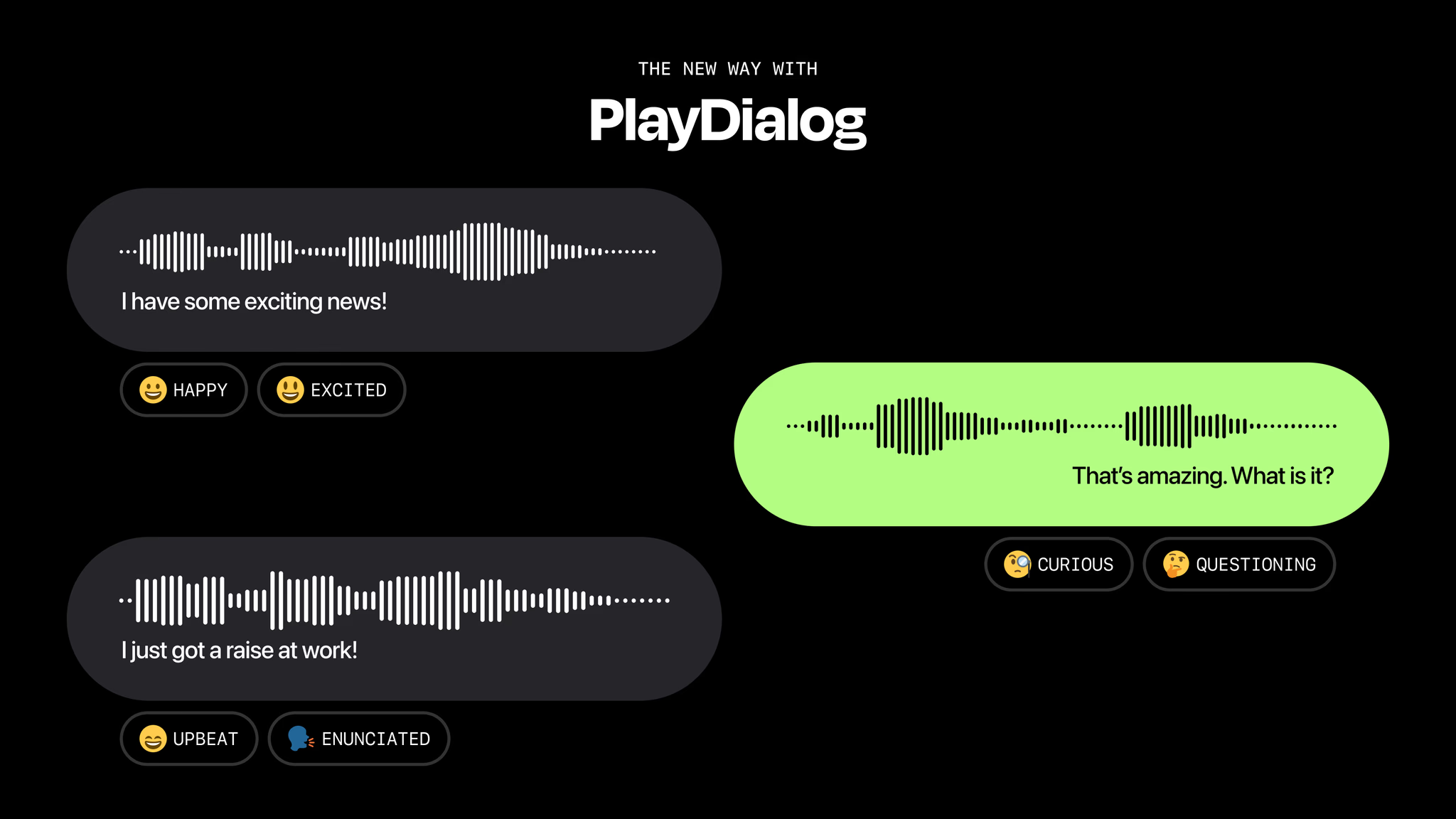
Introducing PlayDialog – A voice model built for fluid, emotive conversation

Introducing Play 3.0 mini – A lightweight, reliable and cost-efficient Multilingual Text-to-Speech model
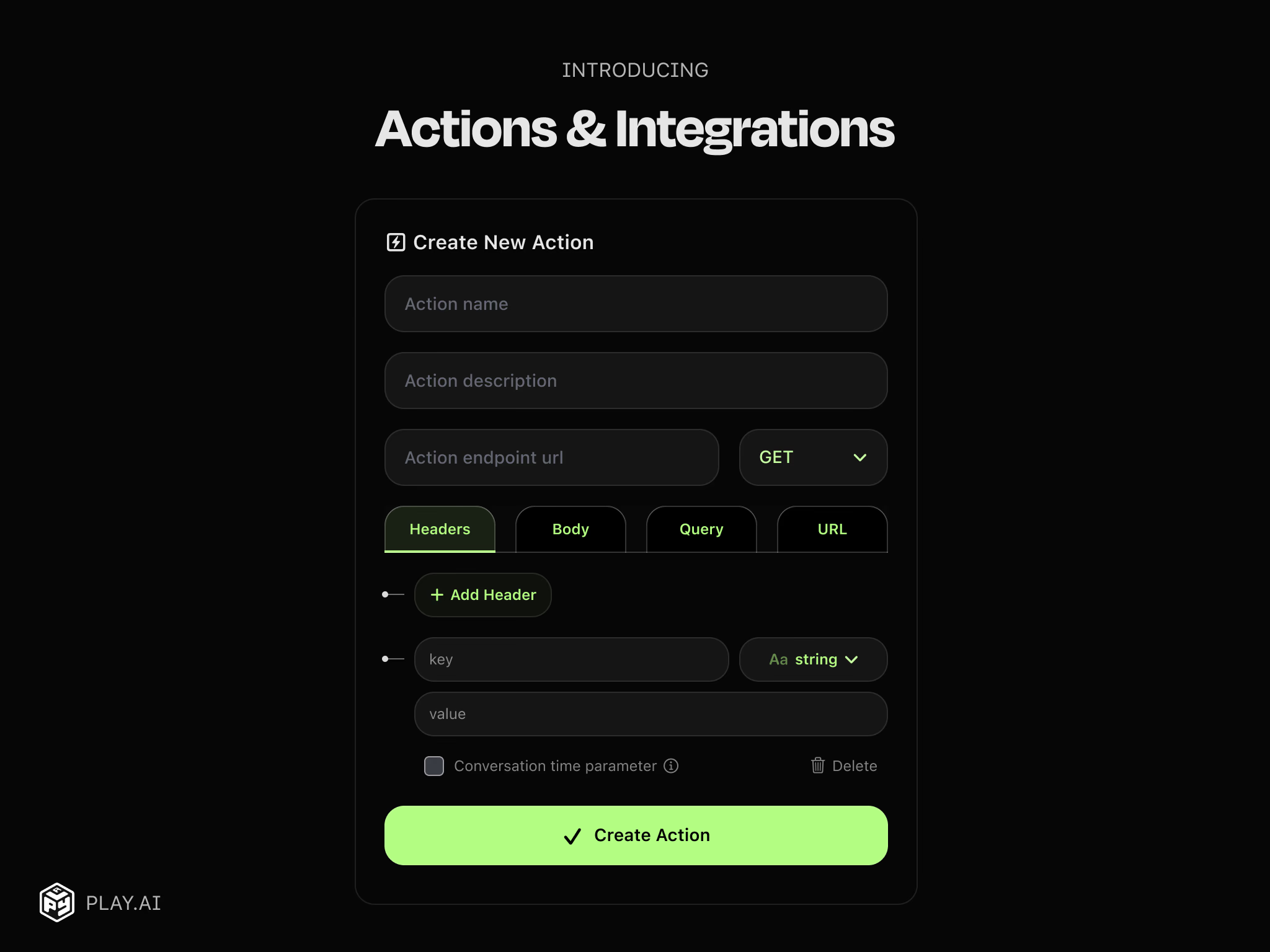
Play Actions 1.0

Introducing Play AI – A Conversational Voice Interface for AI

Create Agent Updates

What’s New In Play.ai

Tips for Creating the Best AI Voice Clones

Phone Ordering System: Revolutionizing Customer Experience with AI Solutions

Contact Center Automation: Faster, Smarter Support

AI Customer Service: Support that Never Sleeps

AI for Real Estate Leads: Close Deals Fast

AI Concierge: Transforming Customer Interactions

PlayAI’s $21M Funding and The Release of a New Multi-Turn Speech Model

Synthflow AI Pricing : A Complete Overview

Bland AI Pricing 2025: Everything You Need to Know


















































